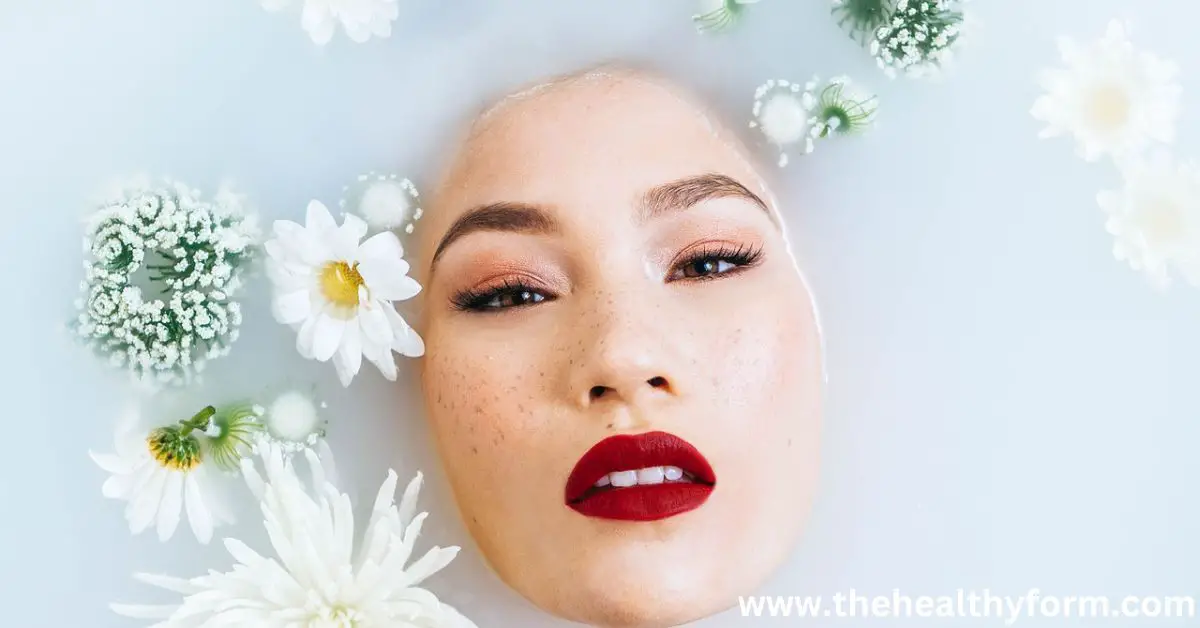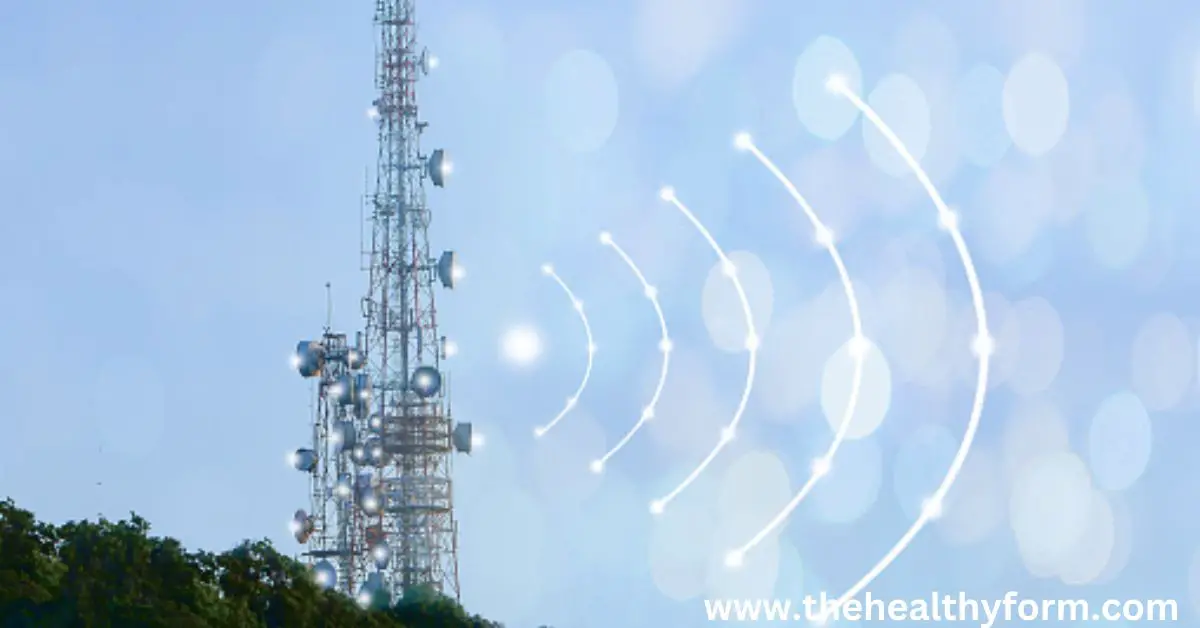The Impact of Light on Health and Sleep Patterns
Explore the significant effects of various types of light on health and sleep patterns in our comprehensive guide, “The Impact of Light on Health and Sleep Patterns.” Our environment’s most fundamental component, light, is also incredibly important for maintaining our health. Our mood, our ability to function, and even how we sleep are all impacted by the light in our environment. The kind and amount of light we expose ourselves to can greatly impact our health because not all light is created equal.
With the introduction of artificial light, our circadian rhythms have been thrown off, resulting in various health issues, such as obesity, depression, and sleep disorders. Therefore, it’s crucial to comprehend how light affects our health and sleeping patterns to live a healthy lifestyle. In this blog, we’ll examine the various types of light and how they affect our biological functions, guiding you toward creating the ideal lighting environment for your health and well-being.

What is the impact of blue light on sleep patterns?
Electronic devices, the sun, and indoor lighting all emit blue light, a light with a short wavelength and high energy. Blue light exposure during the day can enhance mood, increase alertness, and help us regulate our sleep-wake cycle. However, blue light exposure at night, particularly in the hours before bed, can be detrimental to our sleep cycles.
Melatonin is a hormone essential for regulating our sleep-wake cycle, and it is one of the primary ways that blue light interferes with our sleep. In response to darkness, our bodies naturally produce melatonin, which aids in alerting our bodies that it is time to go to bed.
However, exposure to blue light right before bed can disrupt the body’s normal melatonin production, making it more difficult to sleep and stay asleep.
According to research, evening exposure to blue light from electronic devices like smartphones, tablets, and computers can result in delayed sleep onset, poorer quality sleep, and misaligned circadian rhythms. According to one study, compared to those who read a printed book before bed, iPad readers took longer to fall asleep, slept for fewer REM cycles, and felt sleepier and less alert the next day.
Blue-light-blocking glasses or software that lessens the amount of blue light emitted by electronic devices are suggested by experts as ways to lessen the detrimental effects of blue light on sleep. Limiting exposure to electronic devices in the hours before bedtime is also advised. Making up a relaxing bedtime routine, such as taking a warm bath, engaging in relaxation exercises like deep breathing or meditation, or reading a physical book, can also be beneficial. These routines can help the body know when it’s time to wind down and get ready for bed, enhancing the overall quality of sleep.
How does red light therapy improve skin health?
To enhance the health and beauty of the skin, red light therapy employs a specific kind of light that is non-invasive. Red and near-infrared light, which penetrates the skin’s surface and reaches deeply into the underlying tissues, is used in this therapy to expose the skin to the effects of these conditions.
The red light treatment promotes collagen formation, one of the key ways it improves the skin. The protein collagen provides the skin’s structure and flexibility. Fine lines, wrinkles, and sagging skin can develop as we age because our bodies create less collagen.
Red light therapy can help to counteract this by promoting the production of new collagen, which can help reduce the appearance of wrinkles and improve the overall texture and tone of the skin.
In addition to promoting collagen production, red light therapy also helps to improve skin tone and texture. It can help reduce blemishes and hyperpigmentation, giving the skin a more even and youthful appearance. Red light therapy has also effectively treated various skin conditions, such as acne, psoriasis, and eczema.
What are the effects of green light on mood?
It has been discovered that green light positively affects disposition and mental state. According to scientific research, people exposed to green light feel calm and relaxed, which can help lessen stress and anxiety.
Additionally, it has been demonstrated that exposure to green light has a beneficial impact on cognitive function, including increased focus and concentration. This can be especially helpful in settings like the workplace or other circumstances where mental clarity is crucial.
Green color can improve mental and emotional health, promoting a calmer, more focused state of mind.
How does exposure to natural light improve overall health?
To maintain good health, exposure to natural light is crucial. Our bodies and minds can benefit from natural light in various ways, including regulating our sleep-wake cycle, elevating our mood, lowering stress levels, and enhancing our general well-being.
One of its main advantages is our ability to produce vitamin D thanks to exposure to natural light. Vitamin D is necessary to maintain strong bones and a healthy immune system. Natural sunlight stimulates the synthesis of vitamin D in our bodies when it comes into contact with our skin.
Exposure to natural light can benefit our mental health and support physical health. It can aid in easing the signs and symptoms of seasonal affective disorder (SAD), a form of depression linked to seasonal changes, especially in the winter when there is less natural light.
By regulating our circadian rhythm, the body’s internal clock that controls sleep and wakefulness, natural light can also help us get better sleep. Our circadian rhythm can be kept in balance by exposure to natural light during the day, which makes it simpler for us to go to sleep at night and wake up feeling rested and rejuvenated in the morning.
What are the benefits of using a dawn simulator to regulate sleep patterns?
A unique dawn simulator tool can help control our sleep cycles and ease waking up in the morning. This device gradually increases the light in your bedroom to simulate a sunrise. Your brain is alerted to begin reducing melatonin production, the hormone that induces sleep, as the light gradually becomes brighter. As a result, your body will naturally awaken, and you’ll feel more awake and energized all day.
Our general health and well-being can benefit from using a dawn simulator in several ways. An important advantage is better sleep quality.
The device can assist us in falling asleep more easily at night and waking up feeling rested in the morning by regulating our sleep-wake cycle. This may result in increased output, focus, and general happiness.
Another advantage of using a dawn simulator is that it can lessen SAD symptoms, a form of depression that is frequently brought on by the lack of sunlight during the winter. The gadget can deliver light exposure to elevate mood and reduce symptoms.
A dawn simulator can help us manage our sleep cycles and enhance our general health and well-being.
How does light therapy help with seasonal affective disorder (SAD)?
A form of depression known as seasonal affective disorder usually strikes during the fall and winter when there is less daylight. You might experience fatigue, irritability, and general gloom. Sitting in front of a special light box that emits bright light is part of the light therapy treatment. This artificial light can assist in regulating your body’s circadian rhythms, which govern your sleep-wake cycle and are a substitute for the natural sunlight lacking in the winter.
Bright light from a light box causes a chemical reaction in your brain that can elevate your mood and give you more energy.
After just a few days or weeks of consistent use, many people report that their symptoms have significantly improved thanks to light therapy, which has been proven effective treatment for SAD.
Light therapy can make you feel more awake and alert throughout the day by elevating your mood and energy levels, making it simpler to get out of bed in the morning and maintain concentration all day. Additionally, it can enhance the quality of your nighttime sleep, increasing your energy and mood during the day.
What are the risks of prolonged exposure to artificial light at night?
Artificial light has become a necessity in modern life, but it can harm our health, especially if we are exposed to it for extended periods at night. Artificial light can disturb our natural sleep-wake cycle, making it difficult to fall or stay asleep and increasing the risk of insomnia and other sleep disorders.
By inhibiting the generation of the hormone melatonin, which regulates our sleep patterns, artificial light is one of the key factors that disrupt sleep. It may be more challenging to fall asleep when exposed to artificial light at night because our bodies don’t make enough melatonin.
Long-term use of artificial light at night has also been associated with a higher chance of developing certain illnesses, such as cancer, diabetes, and obesity. According to studies, those who habitually work night shifts or are exposed to artificial light at night may be more prone to developing certain health issues.
Exposure to artificial light may raise your risk of developing breast and prostate cancer and other cancers, particularly at night. This is because melatonin has been demonstrated to have anti-cancer capabilities, and melatonin deficiency may raise the chance of developing cancer.
Exposure to artificial light at night may also hamper the body’s metabolism, resulting in weight gain and a higher chance of developing diabetes. This is because the synthesis of hormones that control metabolism and hunger can be affected by artificial light, making it more difficult for the body to maintain a healthy balance of energy.
How does light therapy help with insomnia?
Light therapy can help to improve insomnia by regulating the sleep-wake cycle and promoting relaxation. It can help reset the body’s internal clock, making falling and staying asleep easier.
FAQ About The Impact of Light on Health and Sleep Patterns
Some of the most common questions people have about the impact of light on health and sleep patterns are:
How does exposure to light affect sleep patterns?
Exposure to light, especially blue light emitted by electronic devices, can suppress melatonin production, a hormone that helps regulate sleep-wake cycles. This can disrupt the body’s natural circadian rhythm, making falling or staying asleep more difficult.
What are some strategies for reducing exposure to blue light before bedtime?
Some strategies for reducing exposure to blue light before bedtime include using a dimmer, warmer lights in the evening, turning off electronic devices at least an hour before bed, and wearing blue-light-blocking glasses in the evening.
Can exposure to light at night have other negative health effects?
Yes, exposure to light at night can disrupt the body’s circadian rhythm and interfere with various biological processes, including hormone regulation, metabolism, and immune function. This can increase the risk of various health problems, including obesity, diabetes, and cancer.
Are there any benefits to exposure to natural light?
Yes, exposure to natural light during the day can help regulate the body’s circadian rhythm, boost mood and energy levels, and improve sleep quality. It can also provide important vitamin D, essential for bone health, and may have other health benefits.
How can individuals optimize their exposure to natural light?
To optimize exposure to natural light, individuals can spend time outdoors during the day, especially in the morning and early afternoon when natural light is strongest. They can also try incorporating natural light into their work or home by opening curtains or blinds, using natural light bulbs, and positioning desks or workspaces near windows.
Are any populations particularly vulnerable to light’s negative effects on sleep and health?
Yes, specific populations may be particularly vulnerable to the negative effects of light on sleep and health, including shift workers, who may be exposed to artificial light at night and have disrupted sleep patterns, and older adults, whose circadian rhythms may be more sensitive to light and who may have more difficulty producing melatonin.
Conclusion
Light plays a critical role in maintaining good health and well-being, but not all types of light are the same. Different colors of light can have other effects on our sleep, mood, and overall health. It’s essential to be aware of the different types of light available and choose the one that best suits our needs. Additionally, it’s necessary to limit our exposure to artificial light at night and instead opt for natural light during the day and use devices like dawn simulators to regulate our sleep-wake cycle.





